Blaze Star T Coronae Borealis will erupt soon
Friday, June 7, 2024

|
Richard Harris |
Stargazers should watch the sky for a rare cosmic event as the binary star system T Corona Borealis (T CrB) is set to undergo a nova eruption between now and September. This explosion will make T CrB visible to the naked eye, similar in brightness to Polaris. The event marks a significant occurrence in the study of recurring novae.
Between now and September, the binary star system T Corona Borealis (T CrB) is expected to undergo a nova eruption and even folks without a telescope will be able to see it.
Keep your eyes on the sky - Blaze Star T Coronae Borealis will erupt soon
This will take T CrB from around 100 times fainter than is possible to see with the naked eye (even in the darkest skies on Earth) to a brightness comparable to the Northern Star (Polaris), treating much of the world - including the UK - to a temporary new star in the sky (nova being the Latin for new).
What are novae anyway?
Novae occur in binary systems where a white dwarf - the remnant core of a former Sun-like star – co-orbits with a close-by stellar companion.
"The ultra dense white dwarf can steal material from the companion star in a process known as accretion, causing a layer of hydrogen to build up on the white dwarf surface. Once sufficient material has built up, this layer will reach a critical temperature, igniting hydrogen fusion. This powerful nuclear detonation ejects the gas from the white dwarf surface in a hot luminous shell. What we then see is the system becoming thousands of times brighter and is responsible for the observed nova." said Mark Hollands, Research Fellow, University of Warwick.
While most novae are unpredictable and seen only once, there are ten known repeating systems which are termed recurrent novae. Of these ten, T CrB - which erupts about every 80 years – is by far the closest at 3000 light years away, and is the only one with a sufficient peak brightness to be visible to the naked eye in areas with moderate light pollution.
"T CrB was first conclusively observed in outburst in 1866 by Irish astronomer John Birmingham, with the most recent nova seen in February 1946. Observations of T CrB in the months leading up to the 1946 eruption revealed a pronounced drop in brightness, indicating the explosion was imminent. Almost 80 years later, T CrB is now due for its next eruption event, and throughout February and March a dip in brightness was seen once more, signalling the fuse has been lit, and it is a matter of months before we witness the next nova," added Mark Hollands.

How to see T CrB
T CrB is far too dim to be seen with the naked eye at the moment, though can be observed with a modest amateur telescope. But once the eruption happens, no special equipment should be required even in areas of moderate light pollution.
"The best thing you can do now is to get familiar with the patch of sky around the constellation Corona Borealis, using a star chart or phone app. Once you get to know what stars are visible in that part of the sky, you’ll really appreciate the difference when one night in the next few months there is one extra member of the constellation. The nova will be visible to the naked eye for a few nights and reach a similar brightness to other stars in the Corona Borealis constellation, but if you miss that window, it’ll still be visible for a few weeks with a good pair of binoculars. At the University of Warwick we have a keen interest in white dwarfs in interacting binary systems. Weather permitting, we hope to observe this once in a lifetime display using the new Marsh Observatory on the Warwick campus," added Mark Hollands.
While the Sun will evolve into a white dwarf in around 5 to 6 billion years time, the Sun does not have a stellar companion to accrete material from, and so will not undergo nova eruptions.
Since T CrB is around 3000 light years away, light from the nova outburst is only now reaching us. In that time, T CrB will have undergone 35–40 more outbursts with all of their light signals on the way.
ScopeTrader's latest survey
Featured Stories
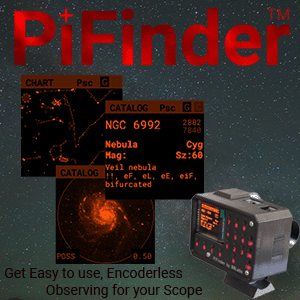
Stay Updated
Sign up for our newsletter for the headlines delivered to youSuccessFull SignUp

|



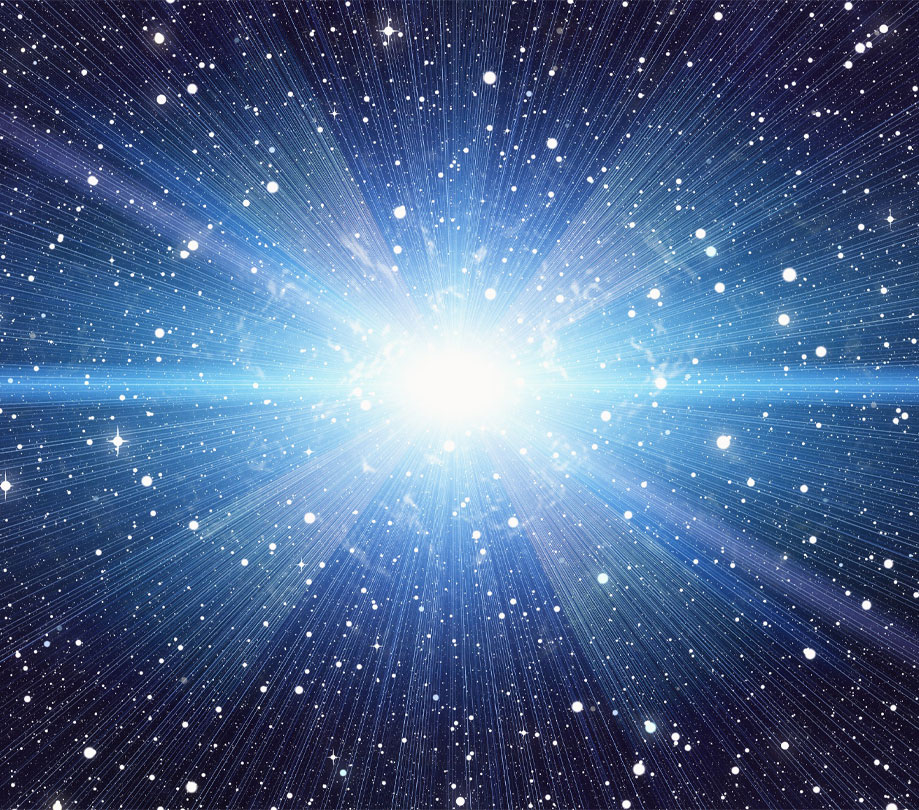

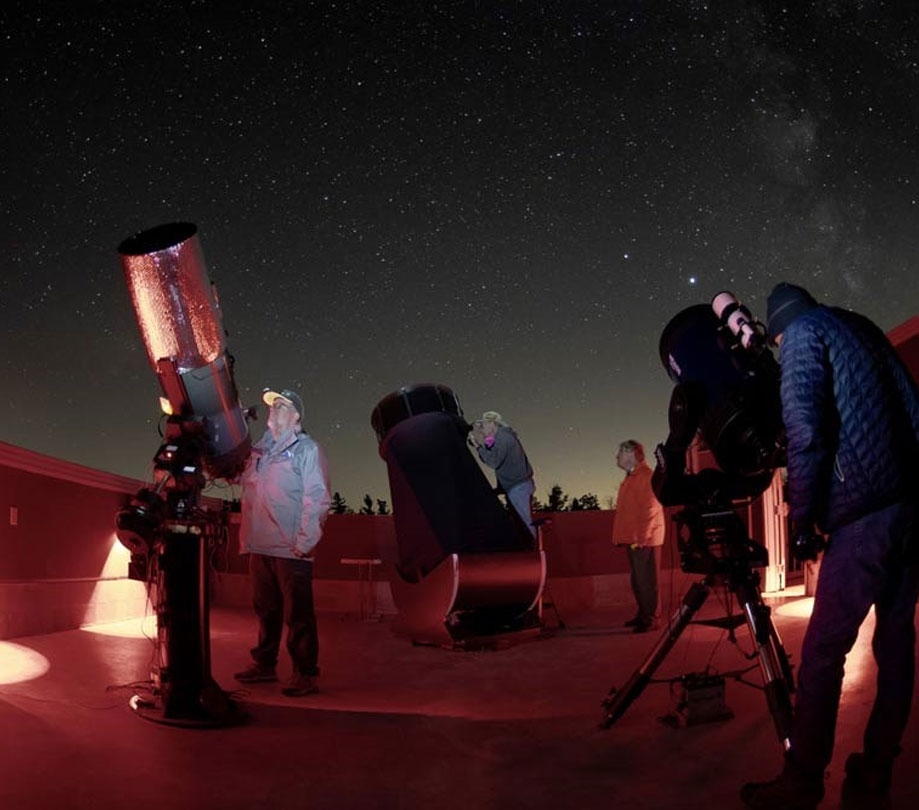
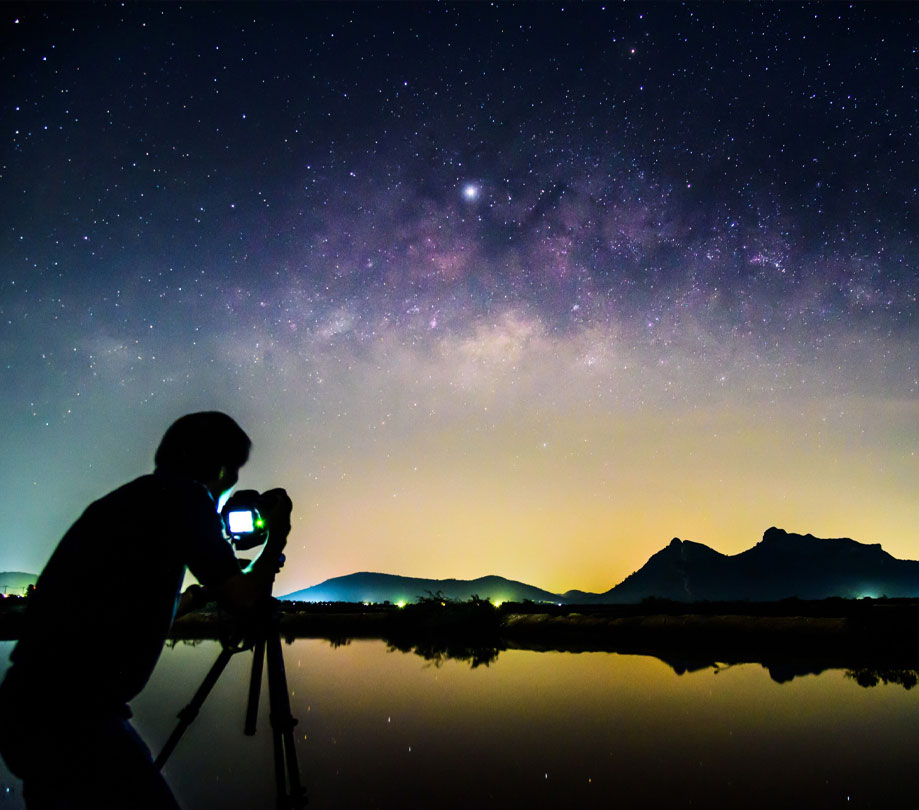
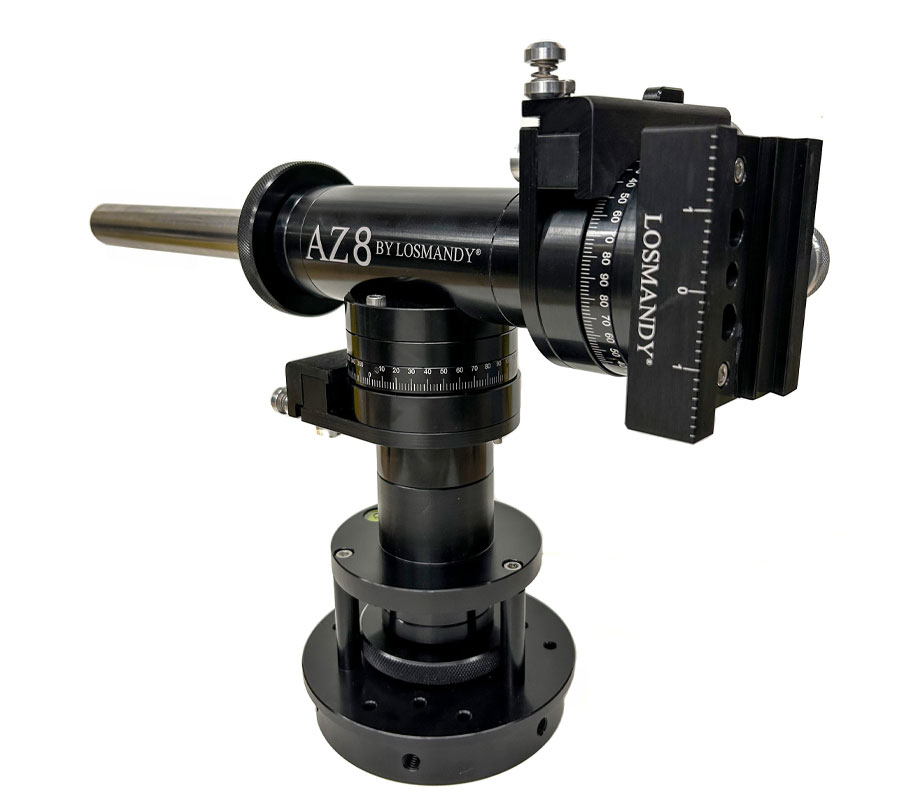
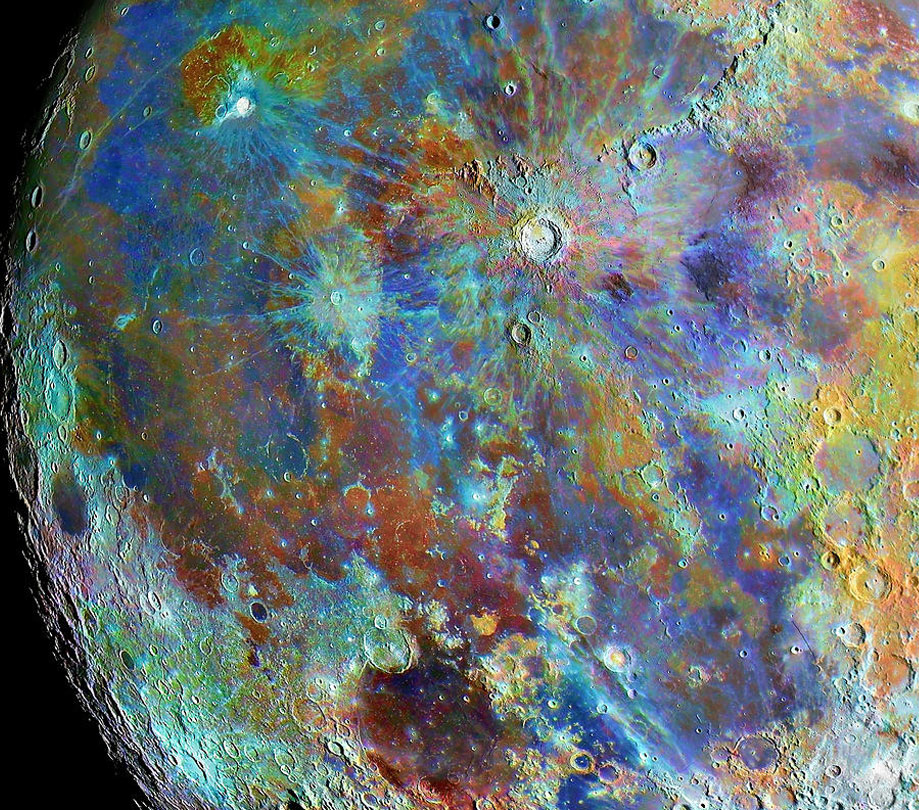
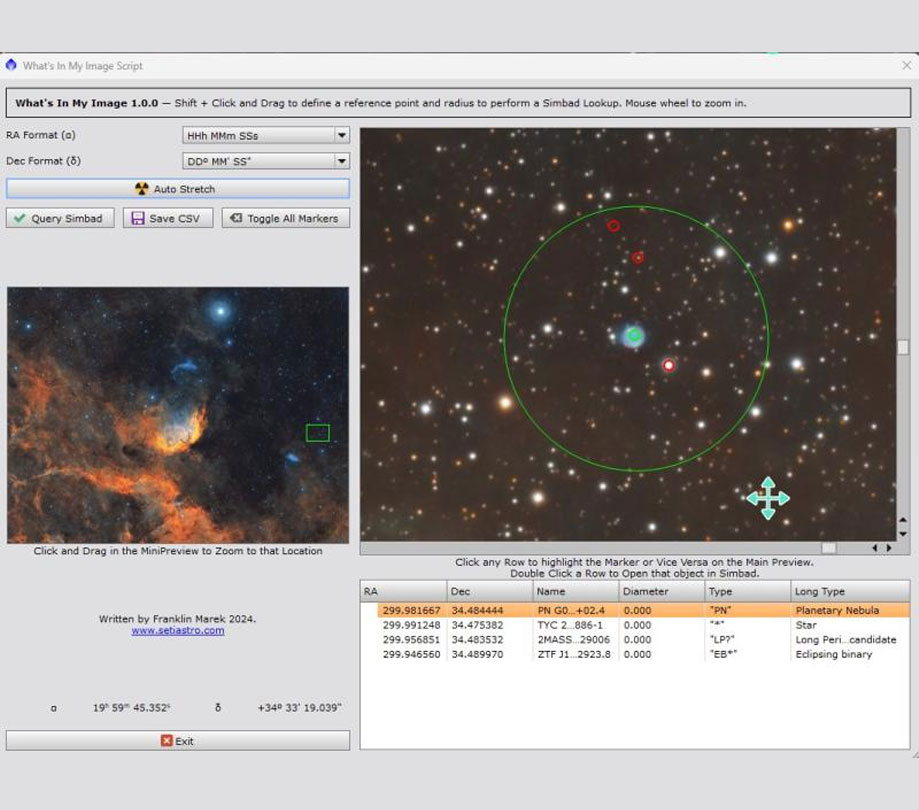
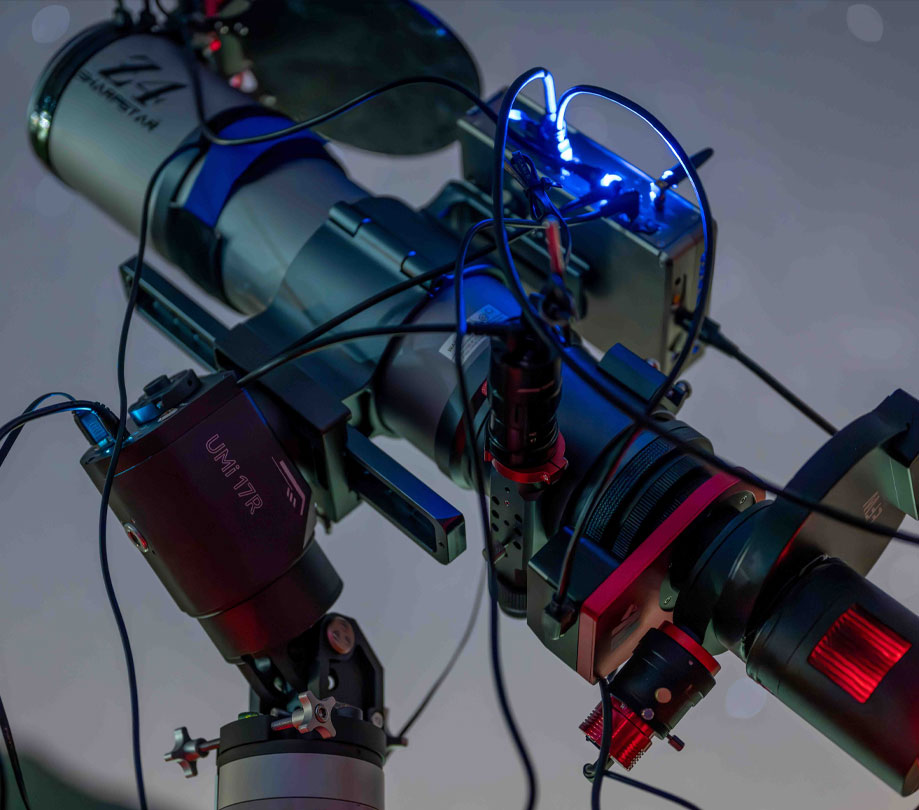
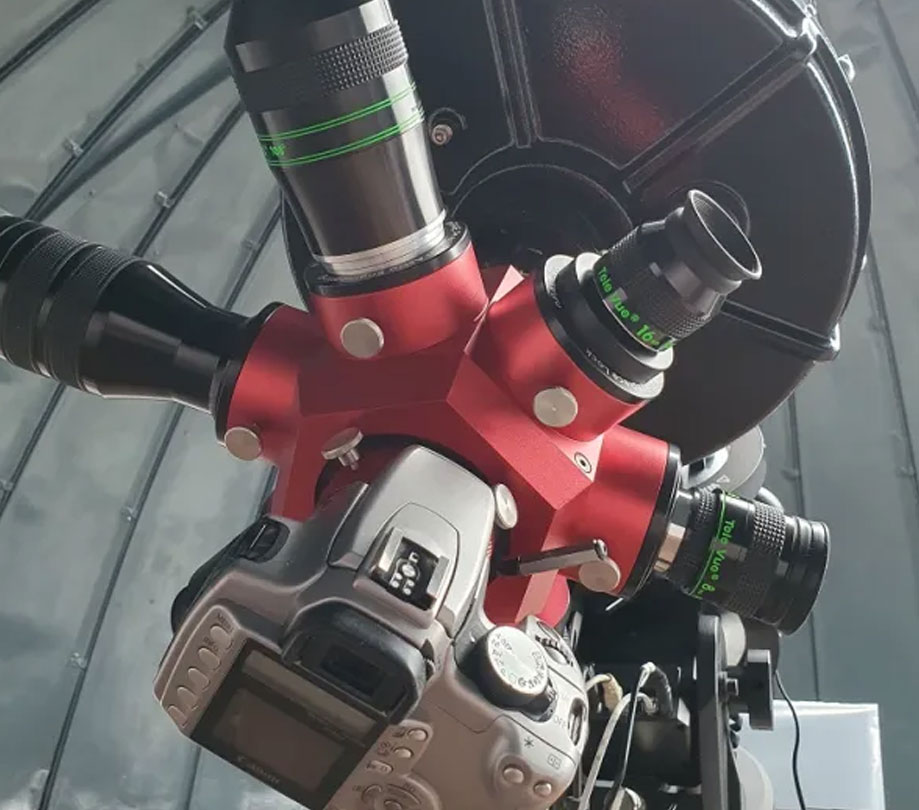
Comments